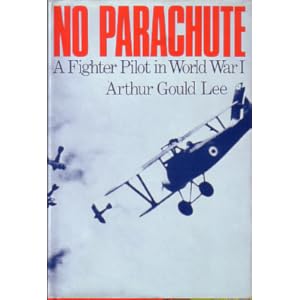Smithy
Well-Known Member
Random photos taken at London Colney, near St Albans, Hertfordshire....
Ball, front row, second right.
View attachment 15146
This photo is of all the officers of 56 at London Colney in April 1917, either on the 7th or in the days immediately prior to it.
Back row: Maxwell, Melville, Lehmann, Knight, Barlow, Knaggs
Front row: Lewis, Leach, Blomfield, Ball, Hoidge
It's a historic photo and was commissioned by the father of H.N. Charles, the engineering officer of 56.
The second photo down in those you have posted is from the 6th April and shows Ball in the cockpit of A'4850. This is from a series that were taken that day of Ball with his SE.
Your third photo also shows Ball in the cockpit of A'4850 but on the 7th April with the squadron just about to take off for France. The brother of Ball's fiancé, Flora Young, is looking over the rear of the fuselage.
I have a few photos of 56 at London Colney and especially from the 7th April and will scan a couple and post here later.
Last edited:





